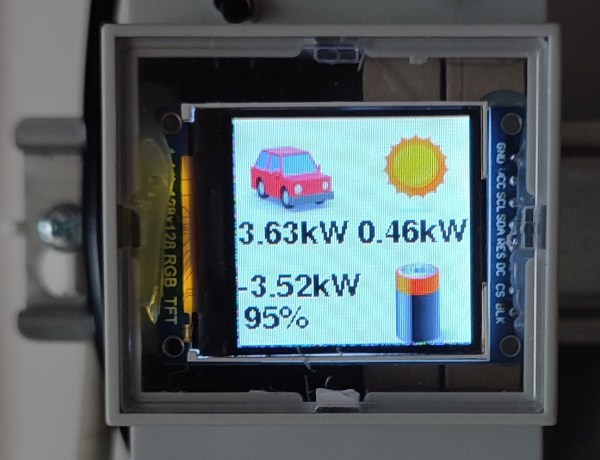While EV charging isn’t that tedious with a cable, for quick trips, being able to just park and have your car automatically charge would be more convenient. Researchers from Oak Ridge National Lab (ORNL) and VW have moved high-speed wireless EV charging one step closer to reality.
We’ve seen fast wireless EV chargers before, but what sets this system apart is the coil size (~0.2 m2 vs 2.0 m2) and the fact it was demonstrated on a functioning EV where previous attempts have been on the bench. According to the researchers, this was the first wireless transfer to a light duty vehicle at 270 kW. Industry standards currently only cover systems up to 20 kW.
The system uses a pair of polyphase electromagnetic coupling coils about 50 cm (19″) wide to transfer the power over a gap of approximately 13 cm (5″). Efficiency is stated at 95%, and that 270 kW would get most EVs capable of those charge rates a 50% bump in charge over ten minutes (assuming you’re in the lower part of your battery capacity where full speeds are available).
We’ve seen some in-road prototypes of wireless charging as well as some other interesting en route chargers like pantographs and slot car roads. We’ve got you covered if you’re wondering what the deal is with all those different plugs that EVs have too.
Continue reading “Polyphase Wireless EV Fast Charging Moves Forward”

















